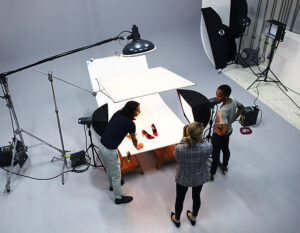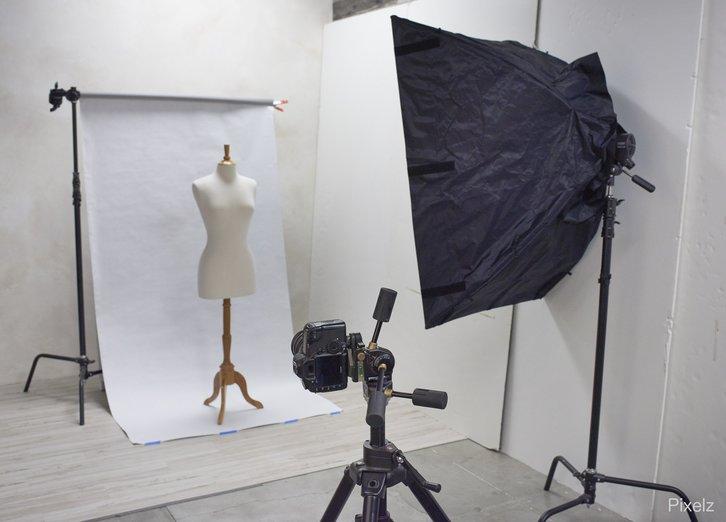Clothing e -commerce requires high-quality Product Photography. For many shoppers, visuals are more important than a fantastic product description. Essential doesn’t imply pricey. Experience separates pros from amateurs. If you’re a photographer on a budget, read on. This post provides apparel photography strategies for photographing apparel.
7 stages for online clothes photography
Once you have your equipment, here’s how to photograph clothes:
1. Get dressed:
Your product photos should look great. Storage and travel may wrinkle, crease, and wear out clothes. Clothing samples frequently travel far and may not have been precisely made.
Many photographers skip this stage and use Photoshop or free picture editing tools to repair wrinkles, stains, and other faults. No. Photoshop isn’t magic: mastering sophisticated editing methods requires time and skill, and excessive manipulation may degrade the picture quality. Capture your clothing in a near-perfect condition and utilize Photoshop for finishing tweaks and color correction.
Check your merchandise inside and out. Tags, labels, or other identifying materials? So. Has the product gotten wrinkled? Steam or iron. Remove dust and strings using lint rollers or tape.
2. Create a picture studio:
Any room may be turned into a photographic studio with a few materials. The camera, tripod, white wall, C-stand, duct tape, and natural light are plenty. If you want to manage when and where you shoot, invest in extra equipment. Clear away clutter. Clean spaces help you remain organized and work well.

Backdrop
Use a white or light gray background to avoid distractions and capture colors correctly. Any photographic supply business has affordable, seamless white paper rolls. Invest under $100 on a background lighting kit. Sweep the roll to the floor to avoid wrinkles and shadows, then tape it. Using a stand to hold your backdrop can offer you more area in the studio. Tape the seamless roll to the ceiling or wall if you’re on a budget. Place your goods on a model or mannequin in front of the camera, in the midst of the background.
Lighting
Natural window light is cheap and high-quality for clothes photographers. Large windows and natural light are nice. Perhaps it’s enough. If you can, rent or buy a simple lighting setup.
3. Light:
If utilizing natural light, place your goods near a window for indirect light. Here’s a schematic of a monolight setup from above. Place a light source and softbox or umbrella 45 degrees from the object for soft, uniform illumination. Keep the camera facing the topic. Too near to the backdrop may cause shadows. Move the topic away from the background to get a white background. Half-power your light source.
4. Style:
A live model adds professionalism and helps customers connect to your goods, but it might be unexpected. Professional models are quite pricey.
5. Prepare the camera:
If your camera settings are improper, no amount of Photoshopping will help. Before photographing items, know ISO, aperture, and white balance.
6. Photograph:
It’s finally time! Focus your camera on your topic by pressing the shutter button halfway, then take a photo. If your photos require more or less light, adjust your camera settings. With practice, your changes will become automatic.
7. Post-process:
After shooting, produce web-ready photos. Post-production processing aims to improve picture quality and performance. Digital assets are readily transferable, thus outsourcing them saves time and money. If you do it yourself, make sure your post-production process includes alignment, cropping, background removal, and color correction. Keep track of your procedures to create shooting and editing standards.
Improving jewelry photography for E-commerce
DIY is hard. First-time attempts won’t be ideal, but that’s OK. Your objective should be to take better product photos with each assignment. Better product graphics equal greater sales and enjoyment. Remember these seven tips for great clothes product photography. Prepare product, create studio, place lighting, style product, set camera, shoot, and polish photographs in post-production. Follow these procedures for high-quality product photographs or get in touch with jewelry photography services in Canada.







